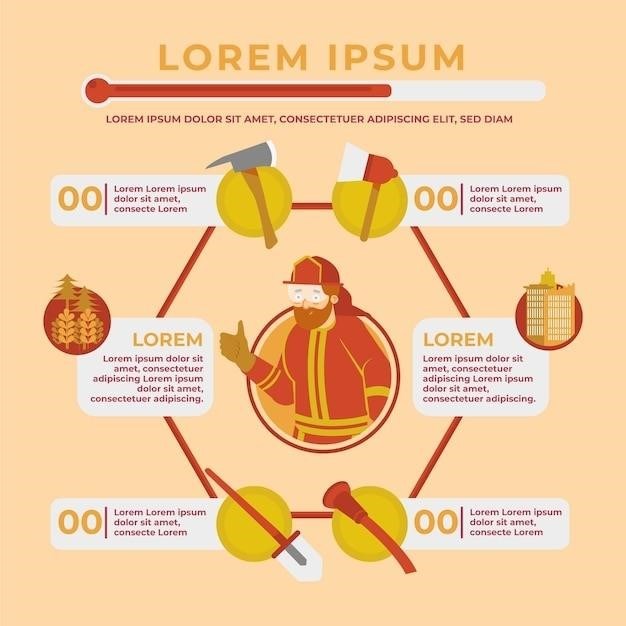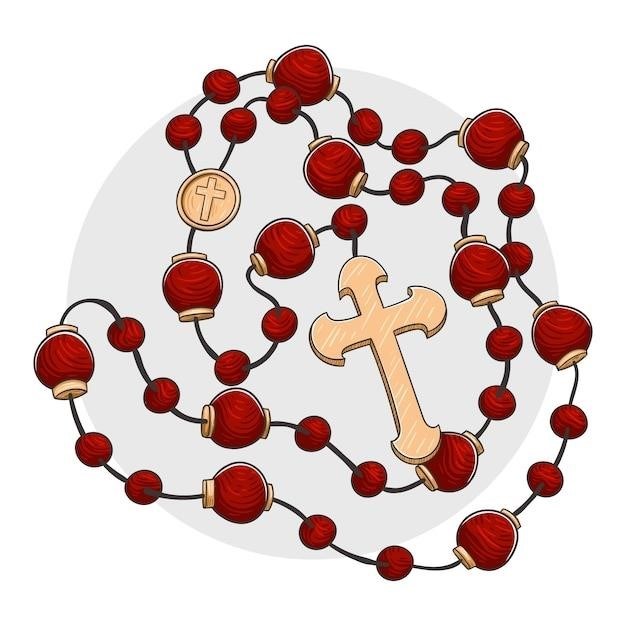Its in His Kiss⁚ A Summary and Analysis
“Its in His Kiss” is the seventh book in Julia Quinn’s beloved Bridgerton series, focusing on the love story of Hyacinth Bridgerton and Gareth St. Clair. The novel follows Hyacinth as she agrees to help Gareth translate his late grandmother’s diary from Italian into English, unaware of the secrets it holds. As they delve deeper into the diary, they uncover clues to a hidden treasure, leading them on a journey of self-discovery and romance.
The Story
“Its in His Kiss” follows the story of Hyacinth Bridgerton, the youngest and most mischievous of the Bridgerton siblings, and Gareth St. Clair, a man burdened by his strained relationship with his father and a mysterious inheritance. Gareth’s father, Lord St. Clair, is determined to ruin his inheritance, leaving him with only an old family diary as his sole bequest. The diary, written in Italian, holds the key to Gareth’s future, but he cannot decipher its secrets. Enter Hyacinth, whose sharp wit and fluent Italian make her the perfect candidate to translate the diary.
Hyacinth, known for her quick tongue and independent spirit, agrees to help Gareth, unaware of the secrets the diary contains. As they delve into the mysterious text, they discover more than just the secrets of Gareth’s past; they find themselves falling for each other. The diary hints at a valuable treasure hidden within the St. Clair London home, adding an element of adventure to their journey. The story unfolds as Hyacinth and Gareth navigate their growing feelings, the intrigue of the treasure hunt, and the complex dynamics of their families.
“Its in His Kiss” is a tale of love, family, and the power of language, with a touch of mystery and adventure. Through their shared journey, Hyacinth and Gareth learn the importance of identity, the power of love, and the strength of their own unique personalities.
The Characters
“Its in His Kiss” features a vibrant cast of characters, each with their own unique complexities and motivations. The story revolves around two central figures⁚ Hyacinth Bridgerton and Gareth St. Clair. Hyacinth, the youngest Bridgerton daughter, is a spirited and intelligent young woman known for her sharp wit and quick tongue. She’s fiercely independent and often clashes with societal expectations. Gareth St. Clair, on the other hand, is a man burdened by his strained relationship with his father and a mysterious inheritance. He carries a sense of disillusionment and a longing for acceptance.
The supporting cast adds depth and intrigue to the narrative. The formidable Lady Danbury, a powerful figure in the ton, provides guidance and wisdom to Hyacinth, while Penelope Featherington, Hyacinth’s close friend, adds a touch of drama and intrigue. Lord St. Clair, Gareth’s father, is a complex figure driven by ambition and a desire to control his son’s life. The presence of the St. Clair family, including Gareth’s elder brother George, further complicates the story and highlights the dynamics of family relationships.
The characters of “Its in His Kiss” are not simply archetypes; they are multifaceted individuals with their own hopes, fears, and desires. Through their interactions, the story explores themes of love, family, and the complexities of human relationships.
Gareth St. Clair
Gareth St. Clair is a complex and enigmatic figure, shrouded in a sense of melancholy and burdened by a strained relationship with his father. His father, Lord St. Clair, has disinherited him, leaving Gareth with a sense of isolation and a yearning for acceptance. This rejection has fostered a sense of cynicism in Gareth, making him appear aloof and skeptical to those around him. He carries a chip on his shoulder, often using sarcasm and wit to deflect attention and mask his vulnerability.
Gareth’s past is shrouded in mystery, revealed gradually through the story. He is drawn to Hyacinth’s intelligence and independent spirit, finding solace in her company despite their initial clashes. His journey throughout the novel involves facing his past, confronting his father’s expectations, and discovering the strength within himself. Gareth’s character arc is one of self-discovery, as he learns to shed the cynicism and embrace the possibility of love and happiness.
Gareth’s story is not just about overcoming his past but also about finding his own identity and purpose. The journey with Hyacinth helps him to break free from the shadows of his father’s disapproval and embrace his own potential.
Hyacinth Bridgerton
Hyacinth Bridgerton, the youngest of the Bridgerton siblings, is a captivating character known for her sharp wit, independent spirit, and undeniable charm. She is described as “fiendishly smart, devilishly outspoken, and probably best in small doses.” This combination of intelligence and a touch of mischief makes her an intriguing and relatable protagonist. Unlike her sisters, who are often preoccupied with societal expectations and marriage, Hyacinth embraces her unconventional nature and pursues her own passions.
Hyacinth’s sharp intellect and love for languages are evident throughout the novel. Her ability to translate Gareth’s grandmother’s diary, despite her imperfect Italian, showcases her determination and resourcefulness. She is not afraid to challenge societal norms and speak her mind, even when it means clashing with those around her. This boldness and confidence make her a refreshing and empowering character.
Hyacinth’s journey in “Its in His Kiss” involves not only deciphering the secrets of the diary but also navigating the complexities of love and self-discovery. Her relationship with Gareth is a whirlwind of witty banter, intellectual sparring, and undeniable attraction. She challenges him to confront his past and embrace his true self, ultimately leading him to a place of vulnerability and love.
The Plot

“Its in His Kiss” centers around the unlikely pairing of Hyacinth Bridgerton and Gareth St. Clair. Gareth, the estranged son of a wealthy baron, is determined to reclaim his inheritance, but his father has left him with only a mysterious old diary written in Italian. Hyacinth, known for her sharp wit and love for languages, agrees to translate the diary for Gareth, unaware of its potential to uncover secrets and a hidden treasure.
As Hyacinth and Gareth work together to decipher the diary, they uncover a web of intrigue and family history that challenges their assumptions and forces them to confront their own vulnerabilities. The diary hints at a valuable treasure hidden within the St. Clair London home, sparking a thrilling quest that brings them closer together.
The plot is infused with witty banter, romantic tension, and a touch of mystery. As Hyacinth and Gareth navigate the challenges of their relationship, they must confront their own biases and learn to trust each other. Their journey is one of self-discovery, love, and the importance of communication in forging lasting bonds.
Themes
“Its in His Kiss” explores several compelling themes that resonate with readers. One of the most prominent themes is the importance of family and love. The story delves into the complex relationships between Gareth and his estranged father, and Hyacinth and her siblings. It highlights the importance of finding love and acceptance within a family, even when faced with challenges and disappointments. The characters grapple with the legacy of their families, both positive and negative, and learn to define their own paths in life.
Another key theme is the power of language and its ability to bridge divides. Hyacinth’s expertise in languages, particularly Italian, plays a crucial role in uncovering the secrets of the diary and forging a connection with Gareth. The story emphasizes the importance of communication and understanding in building meaningful relationships. Through the act of translation, Hyacinth and Gareth unlock not only hidden treasures but also a deeper understanding of themselves and each other.
Love and Family
The theme of love and family is central to “Its in His Kiss.” The story explores the complex dynamics within the St. Clair and Bridgerton families. Gareth St. Clair struggles with a strained relationship with his father, who is cold and distant. He yearns for his father’s approval but has long accepted that it will never come. Hyacinth Bridgerton, on the other hand, enjoys a close and loving relationship with her siblings, though she occasionally feels overshadowed by her older sisters’ glamorous romances.
The novel demonstrates how love can blossom even in the face of family conflict. Gareth and Hyacinth’s relationship is initially fueled by their mutual fascination and a shared sense of being outsiders. Their journey of discovery, both of their own identities and of each other’s hearts, is deeply intertwined with their family histories. They learn to navigate the complexities of love and family, ultimately finding acceptance and understanding in each other.
The Power of Language
Language plays a pivotal role in “Its in His Kiss,” serving as a catalyst for both connection and conflict. The novel revolves around the translation of Gareth’s grandmother’s diary, written in Italian. This act of deciphering the past through language becomes a metaphor for understanding, not only the secrets of the St. Clair family but also the intricacies of human relationships.
Hyacinth’s mastery of languages, particularly her ability to translate Italian, allows her to bridge the gap between Gareth and his heritage. The act of translation becomes a form of intimacy, as they unravel the diary’s cryptic messages together. However, language also creates barriers, as Gareth’s lack of Italian isolates him from his past. This highlights the power of language to both connect and disconnect, to reveal and conceal. Ultimately, the novel suggests that true understanding transcends language, relying on a deeper connection forged through shared experiences and empathy.
The Importance of Identity
“Its in His Kiss” explores the complexities of identity through the journeys of both Gareth and Hyacinth. Gareth grapples with his estranged relationship with his father, a man who has repeatedly rejected him, making him feel like an outsider within his own family. He struggles to define his own identity, unsure of his place in the world and burdened by the weight of his father’s disapproval.
Hyacinth, on the other hand, is fiercely independent and outspoken, often defying societal expectations. She embraces her intelligence and wit, refusing to be confined by traditional roles for women. Through their interactions, they challenge each other’s perspectives and help each other to understand the importance of self-acceptance. Gareth learns to embrace his own unique qualities and to find his own path, while Hyacinth discovers the strength in her individuality. Ultimately, the novel suggests that true identity is not defined by external factors but by embracing one’s true self, flaws and all.
Reception
“Its in His Kiss” received generally positive reviews upon its release, with praise for Quinn’s witty writing style and engaging characters. Critics commended the book’s exploration of themes like family dynamics, self-discovery, and the power of love. Many reviewers found Hyacinth to be a particularly compelling character, highlighting her intelligence, independence, and sharp wit. Some readers appreciated the book’s exploration of Gareth’s complex relationship with his father, noting how it added depth and emotional resonance to the story. Overall, “Its in His Kiss” was considered a worthy addition to the Bridgerton series, offering a delightful blend of romance, humor, and thought-provoking themes.

Adaptations
While “Its in His Kiss” has not yet been adapted into a standalone film or television series, elements of the story have been incorporated into the popular Netflix series “Bridgerton.” The character of Hyacinth Bridgerton, played by Florence Hunt, has appeared in seasons one, two, and three of the show. While the show has taken some creative liberties with the character’s storyline, it has retained Hyacinth’s intelligence, vivacity, and independent spirit. The third season of “Bridgerton” features a subplot involving Hyacinth’s budding romance with a charming young man, although this storyline differs significantly from Hyacinth’s relationship with Gareth St. Clair in the book. Fans of the series continue to hope that a future season of “Bridgerton” will explore Hyacinth’s love story in greater detail, potentially adapting “Its in His Kiss” for the screen.
Legacy
“Its in His Kiss” has left a lasting impact on the world of romance literature. Its blend of witty dialogue, engaging characters, and charming historical setting has resonated with readers worldwide. The book has solidified Julia Quinn’s position as a leading voice in the Regency romance genre, captivating readers with her ability to craft complex and relatable characters. The success of the “Bridgerton” series on Netflix, which draws inspiration from Quinn’s books, has further propelled “Its in His Kiss” into the spotlight, introducing it to a new generation of fans. The novel’s exploration of themes such as love, family, and self-discovery continues to resonate with readers, solidifying its place as a beloved and enduring classic in the world of romance literature. “Its in His Kiss” has become a cherished part of the “Bridgerton” universe, ensuring its legacy for years to come.



























